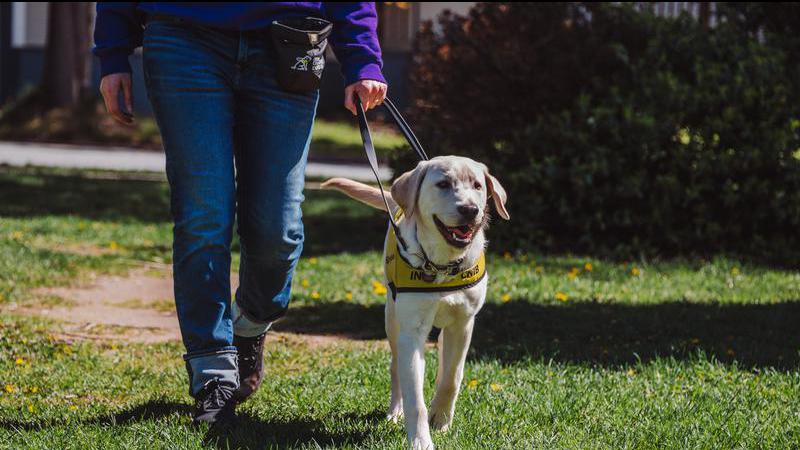
Queen’s death leaves questions about vacated military patronage posts
OTTAWA — Queen Elizabeth’s death has left more than a dozen Canadian Armed Forces units without a patron, and prompted one expert to question how such appointments will be filled going forward.
The Department of National Defence says in addition to serving as the Canadian military’s longest-serving commander-in-chief, the Queen held honorary positions with 18 individual military units.
Those included having served as captain-general of the Royal Regiment of Canadian Artillery, air commodore-in-chief of the Air Reserve, and colonel-in-chief for the military’s engineer and legal branches and 14 regiments.
Yet while the title of commander-in-chief of the military automatically passed to King Charles following her death last week, officials say those patronage positions do not and are now vacant.


